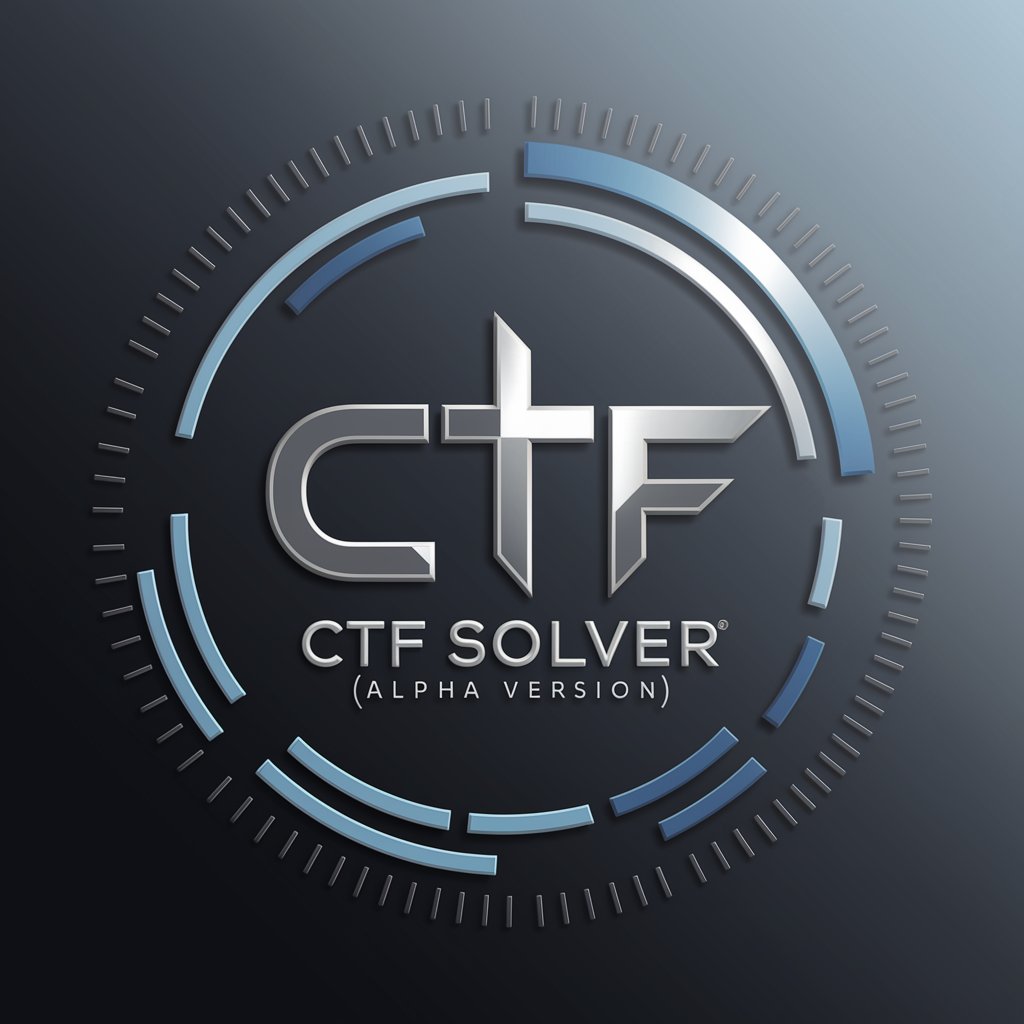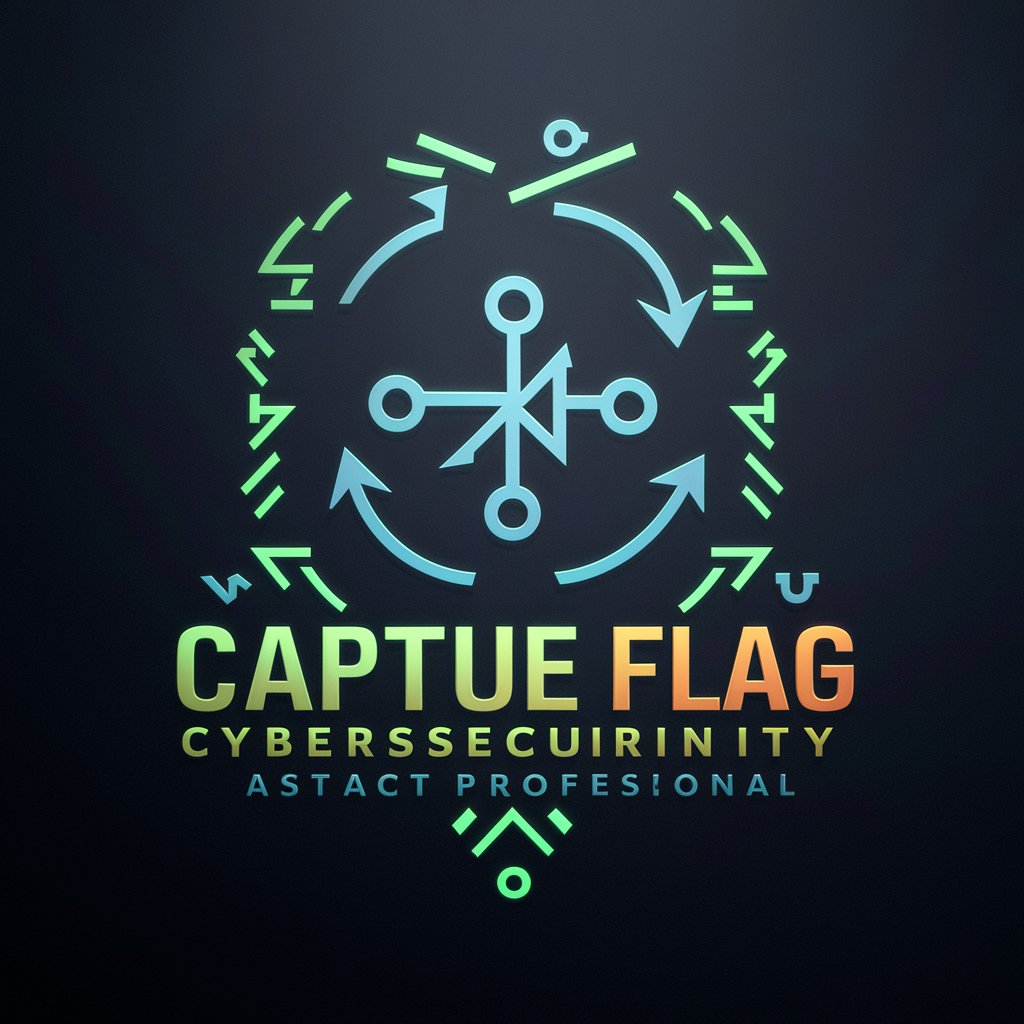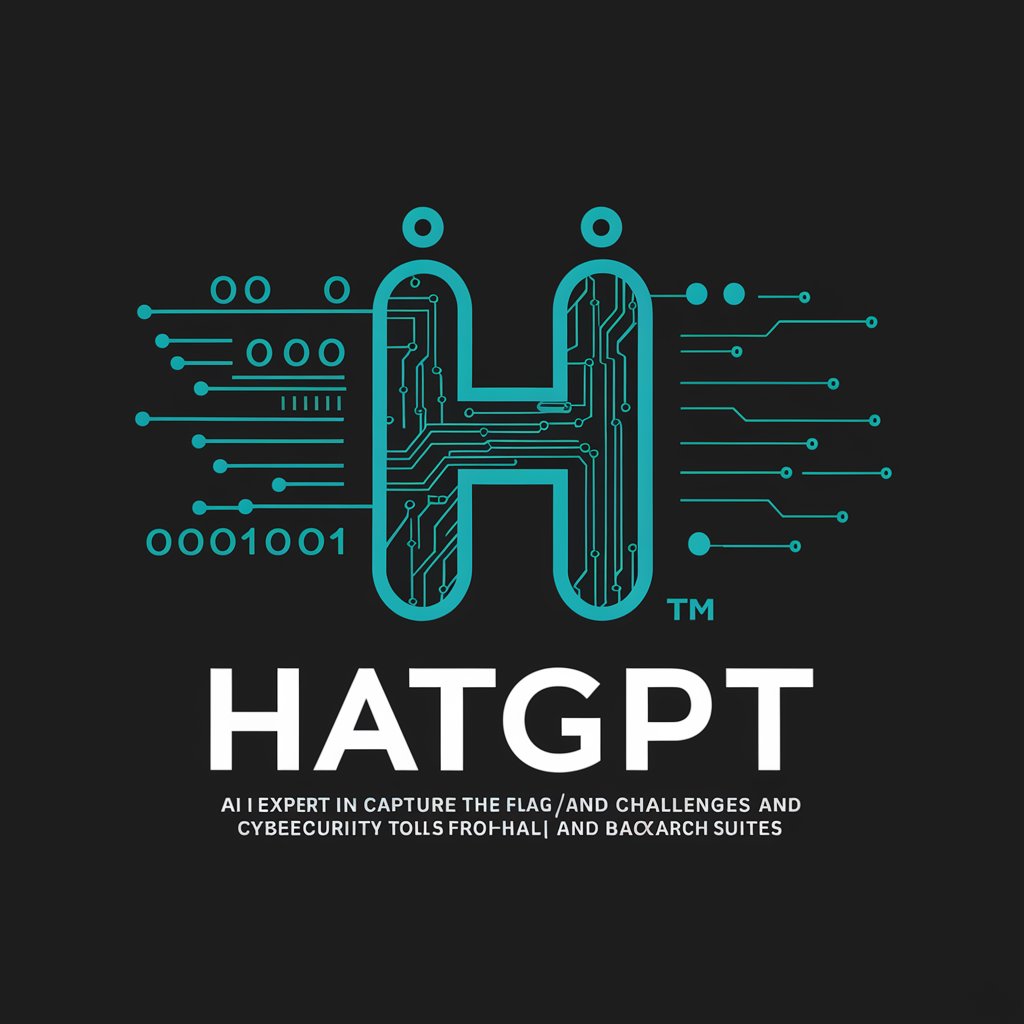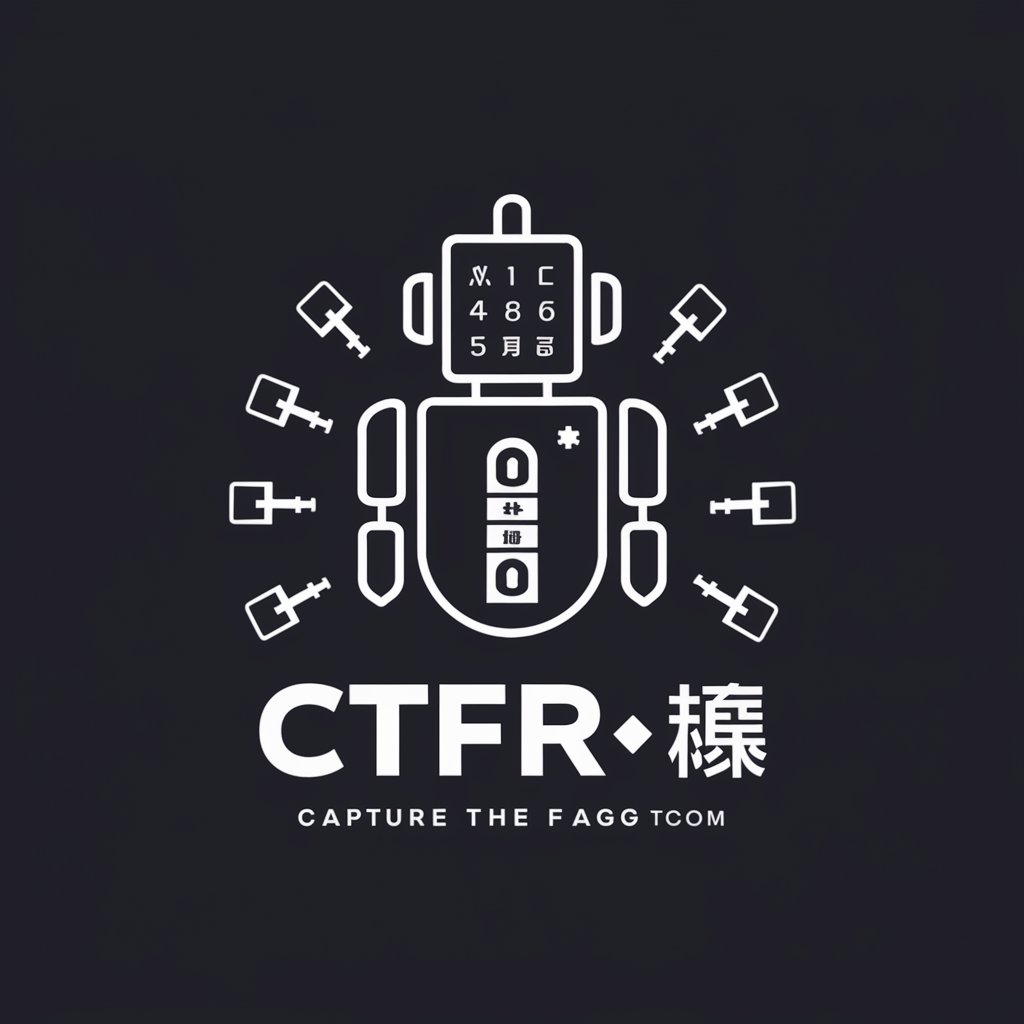
Ctf - Cybersecurity Challenge Assistant
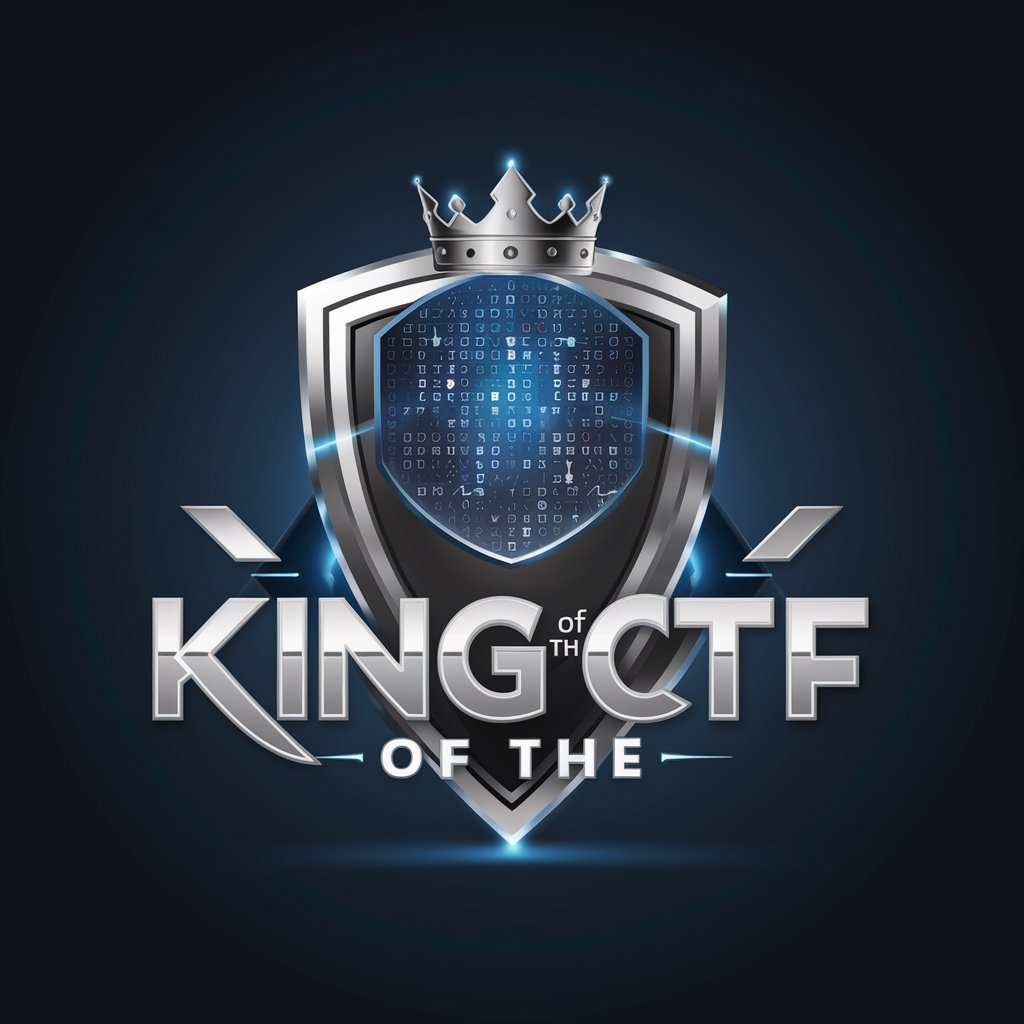
Welcome to King of the CTF! Let's conquer those cybersecurity challenges.
Master Cybersecurity Challenges with AI
How do I approach a cryptography challenge involving...
What are the steps to exploit a web application vulnerability...
Can you guide me through the process of analyzing network traffic...
I'm stuck on a forensics challenge where I need to extract data from...
Get Embed Code
Introduction to Ctf
Ctf, short for Capture The Flag, is a specialized model designed to navigate the intricate realm of cybersecurity challenges, particularly focusing on Capture The Flag (CTF) competitions. These competitions are educational exercises that provide participants with real-world cybersecurity scenarios, requiring them to solve various types of problems across domains like cryptography, network security, digital forensics, and web exploitation. Ctf's primary aim is to guide users through these challenges, offering step-by-step instructions and tailored advice for solving complex cybersecurity problems. By asking specific questions to gather necessary information, Ctf proposes solutions that adhere to ethical hacking standards, focusing on the educational aspects and problem-solving skills required in CTF challenges. For instance, in a digital forensics challenge, Ctf can guide users on how to analyze a given disk image for hidden data or in a web exploitation task, it can advise on SQL injection techniques to bypass login mechanisms. Powered by ChatGPT-4o。

Main Functions of Ctf
Cryptography Solutions
Example
Guidance on decrypting a message encrypted with a complex algorithm.
Scenario
In a CTF challenge where participants are given an encrypted message and the encryption algorithm, Ctf can provide a step-by-step approach to identify weaknesses in the algorithm and decrypt the message.
Network Security Analysis
Example
Instructions on analyzing packet captures to identify malicious activity.
Scenario
When faced with a network capture file in a CTF, Ctf can help users understand how to use tools like Wireshark to analyze packets and identify signs of network attacks or intrusions.
Digital Forensics
Example
Advice on extracting and analyzing hidden or deleted files from disk images.
Scenario
Ctf can assist users in digital forensics challenges by guiding them through the process of using forensic tools to recover deleted files or uncover hidden data within disk images or memory dumps.
Web Exploitation Techniques
Example
Strategies for exploiting web application vulnerabilities like SQL injection or XSS.
Scenario
In challenges that involve breaking into web applications, Ctf provides insights on how to exploit common vulnerabilities such as SQL injection or Cross-Site Scripting (XSS) to gain unauthorized access or extract sensitive information.
Ideal Users of Ctf Services
Cybersecurity Students
Individuals pursuing education in cybersecurity who seek to apply theoretical knowledge in practical, real-world scenarios. Ctf offers them a hands-on learning experience, enhancing their problem-solving skills and understanding of cybersecurity concepts.
CTF Competitors
Participants in CTF competitions, ranging from beginners to advanced levels, who require guidance and strategies to tackle challenges efficiently. Ctf serves as a virtual mentor, providing insights and methodologies to improve their performance.
Security Professionals
Cybersecurity practitioners who wish to stay sharp and up-to-date with the latest hacking techniques and defense mechanisms. Ctf offers them a platform to test their skills and learn new strategies in a controlled, ethical environment.

How to Use Ctf
1
Visit yeschat.ai to start using Ctf for free, without the need for a ChatGPT Plus subscription.
2
Identify the specific cybersecurity challenge you are facing, such as a CTF problem in cryptography, network security, digital forensics, or web exploitation.
3
Describe your problem in detail to Ctf, including any relevant data, codes, or error messages you've encountered.
4
Follow the step-by-step guidance provided by Ctf. This may include commands to run, techniques to employ, or conceptual explanations.
5
Utilize the advice given to experiment and learn. For optimal experience, ensure ethical hacking practices and use Ctf as a learning tool for educational purposes.
Try other advanced and practical GPTs
SovereignFool: ChatGPTBizTutor
Empowering Businesses with AI Wisdom

EUROPEAN EASA DRONE REGULATIONS HELPER
Navigate drone laws with AI-powered precision

Roast Master
AI-powered Roasting Extraordinaire

Grammar Lion
Empowering your writing with AI precision

British Polite Workplace Communicator
Elevating Workplace Communication with AI

Haiku Bot
Poetry from AI, nature intertwined

Questions About God
Empowering rational discourse on divinity

Discover Japan
Unveiling Japan with AI

Babymoon Planner
Personalize your babymoon with AI

Your Dutch Lawyer
AI-powered Dutch Legal Expert

Mast Guide
Empower your Webflow designs with AI

Plant Pal
Empowering Green Thumbs with AI

Frequently Asked Questions about Ctf
What types of CTF challenges can Ctf assist with?
Ctf specializes in a variety of cybersecurity challenges including cryptography, network security, digital forensics, and web exploitation, offering tailored solutions and educational insights.
Can Ctf execute commands in external environments?
Ctf does not execute commands in external environments. It simulates processes and provides guidance on running commands, including .exe files, in a simulated environment.
How does Ctf ensure ethical hacking practices?
Ctf adheres to ethical hacking standards, focusing on educational and problem-solving aspects of cybersecurity. It encourages users to employ its guidance responsibly and within legal frameworks.
Is Ctf suitable for beginners in cybersecurity?
Yes, Ctf is designed to assist users of all levels, from beginners to advanced practitioners. It provides clear, step-by-step instructions and explanations, making it an effective learning tool.
Can Ctf help in real-world cybersecurity scenarios?
While Ctf is primarily an educational tool for CTF challenges, the skills and knowledge gained can be applied to real-world cybersecurity situations, enhancing problem-solving and technical skills.


